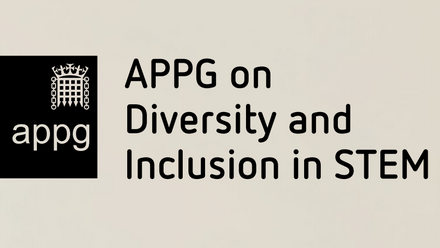Background
AMI wants to be an organisation that actively encourages diversity within its membership and provides its members with a safe and inclusive community. We are in the process of working on our first D&I strategy and will use this webpage to update on our progress, however we have plenty of work to fill you in on in the meantime.
D&I Strategy
The main aims we have for the next few years are:
- Develop a more diverse and inclusive community for all AMI staff and members
- Achieve diversity across our governance and leadership structures making sure decisions are made in an inclusive way
- Engage with our members in ways that are both inclusive and accessible
By the end of 2024 we plan to have:
- An internal 3–5-year D&I strategy encompassing all aspects of D&I at AMI, including but not limited to AMI’s processes, culture and initiatives.
- An external D&I strategy for our members, which will focus on D&I within AMI’s membership and initiatives, which will be published on our website.
- An annual infographic which will highlight the D&I work taking place within AMI, regarding our processes & culture. Our infographic for 2023 can be found below and we plan to publish updated versions in December annually.
D&I Monitoring
Diversity data monitoring is another important part of AMI’s commitment to delivering its D&I strategy. We hope to collect D&I data on a voluntary basis annually in order to:
- Determine any barriers to accessing AMI’s community by noting who is and who is not represented, helping us identify blind spots and opportunities to enhance equitable access to our membership.
- Determine who is represented in our membership in order to provide specific and targeted opportunities such as events, to ensure all members feel welcomed, included and catered for.
Equity vs Equality
Equity and equality are two approaches used to try to create fairness. Equality means each individual or group of people is given the same resources or opportunities. While the term equity may sound similar, equity recognises that each person has different circumstances and allocates the exact resources and opportunities needed to reach an equal outcome.
In the illustration below, three individuals have unequal access to a system — in this case, the fence which provides a barrier to the view. With equal support from evenly distributed tools, their access to the view still remains unequal. However, the equitable solution allocates the exact resources that each person needs to access the view, leading to positive outcomes for all individuals.

The route to achieving equity will not be accomplished through treating everyone equally. It will be achieved by treating everyone justly according to their circumstances.


